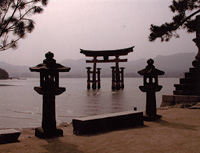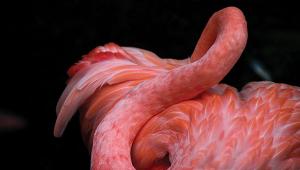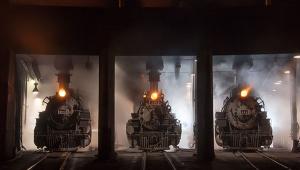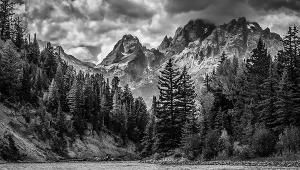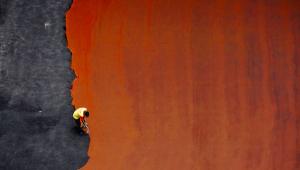Picture This!
Visual Perspective
| Being practitioners of a two-dimensional medium, photographers rely on various techniques, both tonal and compositional, to bring viewers into the frame and to create a sense of depth in their images. Some of these visual effects are as old as Renaissance perspective techniques itself, including vanishing points, leading lines, and pointers that bring the viewer's eye into the scene or that focus attention on a specific subject within the image borders. This month's Picture This! assignment was just that, and readers responded with a host of images that worked with many of the techniques from the visual perspective book. |
||||
|
|
|
|||
Picture This! - Our Next Assignment Silhouettes Please Read This: 1) Images sent to us cannot be returned. You retain complete copyright over the images, but do grant us permission to print your image(s) in the magazine and on our website, www.shutterbug.com. 2) Because images are not returned please send a quality print or duplicate transparency. We will not accept or view images on CD, ZIP, or any other electronic media. 3) Images will be selected on the basis of content and technical quality. Please mark your outer envelope with the topic of the month (for example, "Wide View"). 4) Enclose a short caption with the image stating camera, lens, film and exposure, plus location. If you are submitting an image with a recognizable person we must have a model release or signed permission from that person to reproduce their image in the magazine and on the website. Send your image
and information to: |
||||
- Log in or register to post comments

